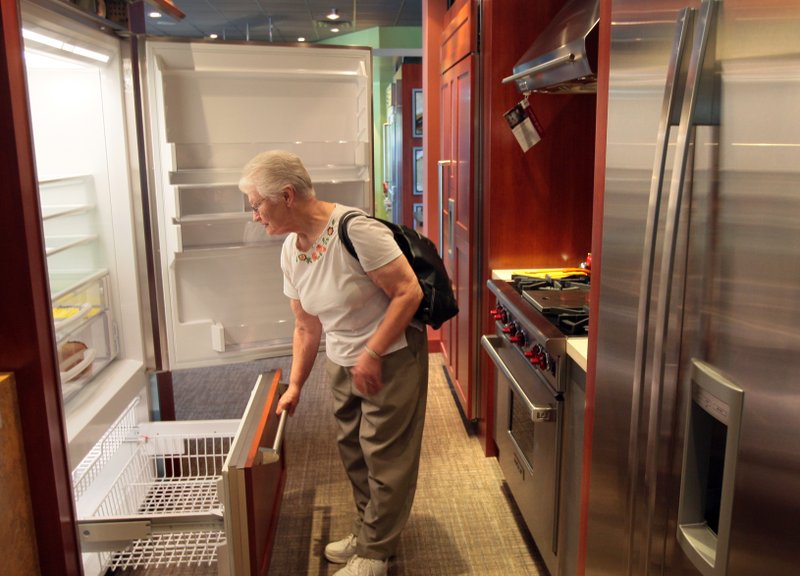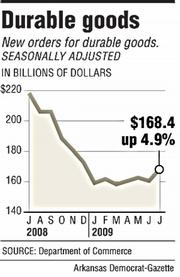WASHINGTON — A sleepy Montana checkpoint along the Canadian border that sees about three travelers a day will get $15 million under President Barack Obama's economic stimulus plan. A government priority list ranked the project as marginal, but two Democratic senators persuaded the administration to make it happen.
Despite Obama's promises that the stimulus plan would be transparent and free of politics, the government is handing out $720 million for border upgrades under a process that is both secretive and susceptible to political influence. This allowed low-priority projects such as the checkpoint in Whitetail, Mont., to skip ahead of more pressing concerns, according to documents.
A House oversight committee has added the checkpoint projects to its investigation into how the stimulus money is being spent. The top Republican on that committee, California's Rep. Darrell Issa, sent a letter to Homeland Security Secretary Janet Napolitano on Wednesday, questioning why some projects leapfrogged others.
In 2004, Congress ordered Homeland Security to create a list, updated annually, of the most important repairs at checkpoints nationwide. But the Obama administration continued a Bush administration practice of considering other, more subjective factors when deciding which projects get money.
The results:
A border station in Napolitano's home state of Arizona is getting $199 million, five times more than any other border station. The busy Nogales checkpoint has required repairs for years but was not rated among the neediest projects on the master list. Napolitano credited her lobbying as Arizona governor for getting the project near the front of the line for funding under the Bush administration. All it needed was money, which the stimulus provided.
A checkpoint in Laredo, Texas, which serves more than 55,000 travelers and 4,200 trucks a day, is rated among the government's highest priorities but was passed over for stimulus money.
The Westhope, N.D., checkpoint, which serves about 73 people a day and is among the lowest-priority projects, is set to get nearly $15 million for renovations.
The Whitetail project, which involves building a border station the size and cost of a Hollywood mansion, benefited from two key allies, Montana's Sens. Max Baucus and Jon Tester. Both Democrats pressed Napolitano to finance projects in their state. Tester's office boasted of that effort in an April news release, crediting Baucus and his seat at the head of the "powerful Senate Finance Committee."
Customs officials would not discuss that claim. Asked to explain Whitetail's windfall, they provided a one-page fact sheet that contains no information about Whitetail's needs and is almost identical to the fact sheet for every other Montana project.
It's hardly a recent phenomenon for politicians to use their influence to steer money to their home states. Yet Obama said the stimulus would be different. He banned "earmarks," which lawmakers routinely slip into bills to pay for pet projects, and he told agencies to "develop transparent,merit-based selection criteria" for spending.
Customs and Border Protection, the Homeland Security agency overseeing border projects, allowed review of the list but will not make it public or explain its justifications for deviating from it.
Releasing that information would allow the public to see whether less important projects are getting money.
The Transportation Department, for instance, recently was criticized by its internal watchdog for not following its standards when handing out money for 50 airport construction projects. Now the full $1.1 billion airport construction program is under scrutiny.
Without the lists, the public and members of Congress don't know when the administration bumps a project ahead of others ranked more important.
Customs officials said they wouldn't release the master list because it was just a starting point and subject to misunderstanding. They acknowledged there's no way for the public to know whether they are cherrypicking projects.
"There's a certain level of trust here," said Robert Jacksta, a deputy customs commissioner.
To prioritize, officials score each project on traffic volume, security vulnerability, construction needs and other factors. The resulting list represents "an objective and fair method for prioritizing projects," officials wrote in a 2005 summary.
That's the process the Obama administration described in a news release announcing $720 million in stimulus money for borders. But it didn't say that officials can choose projects out of order for many reasons.
Front Section, Pages 2 on 08/27/2009

